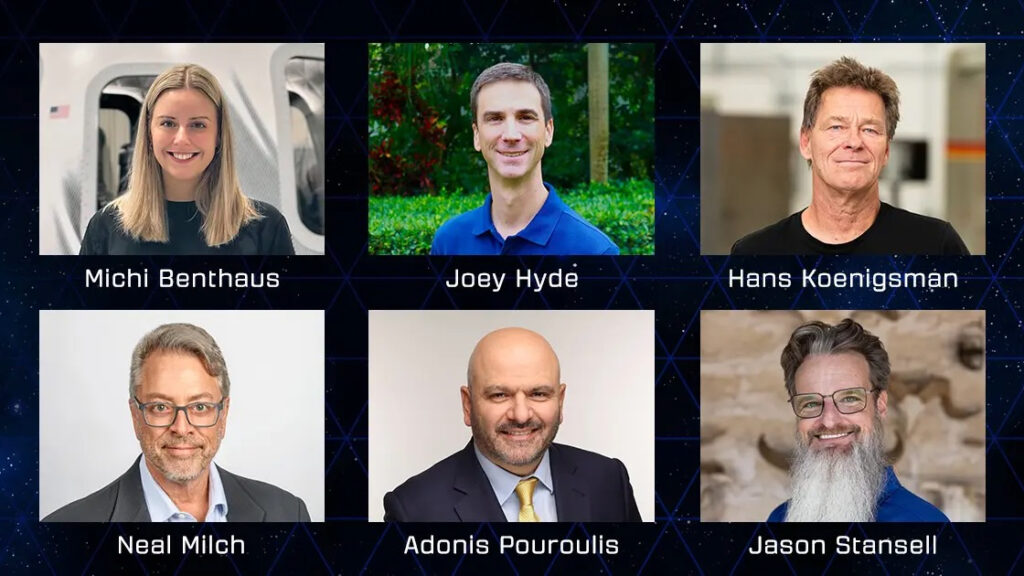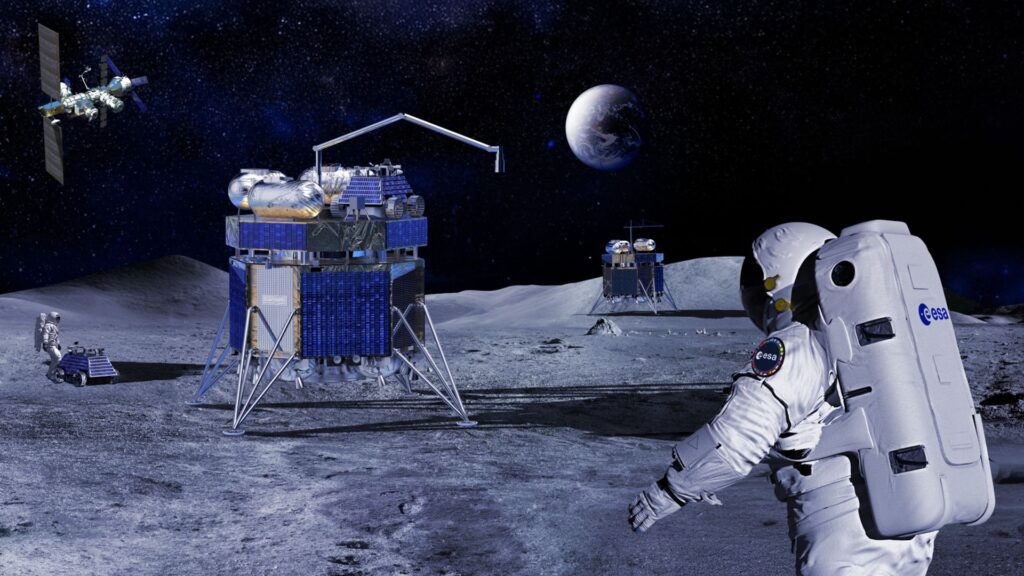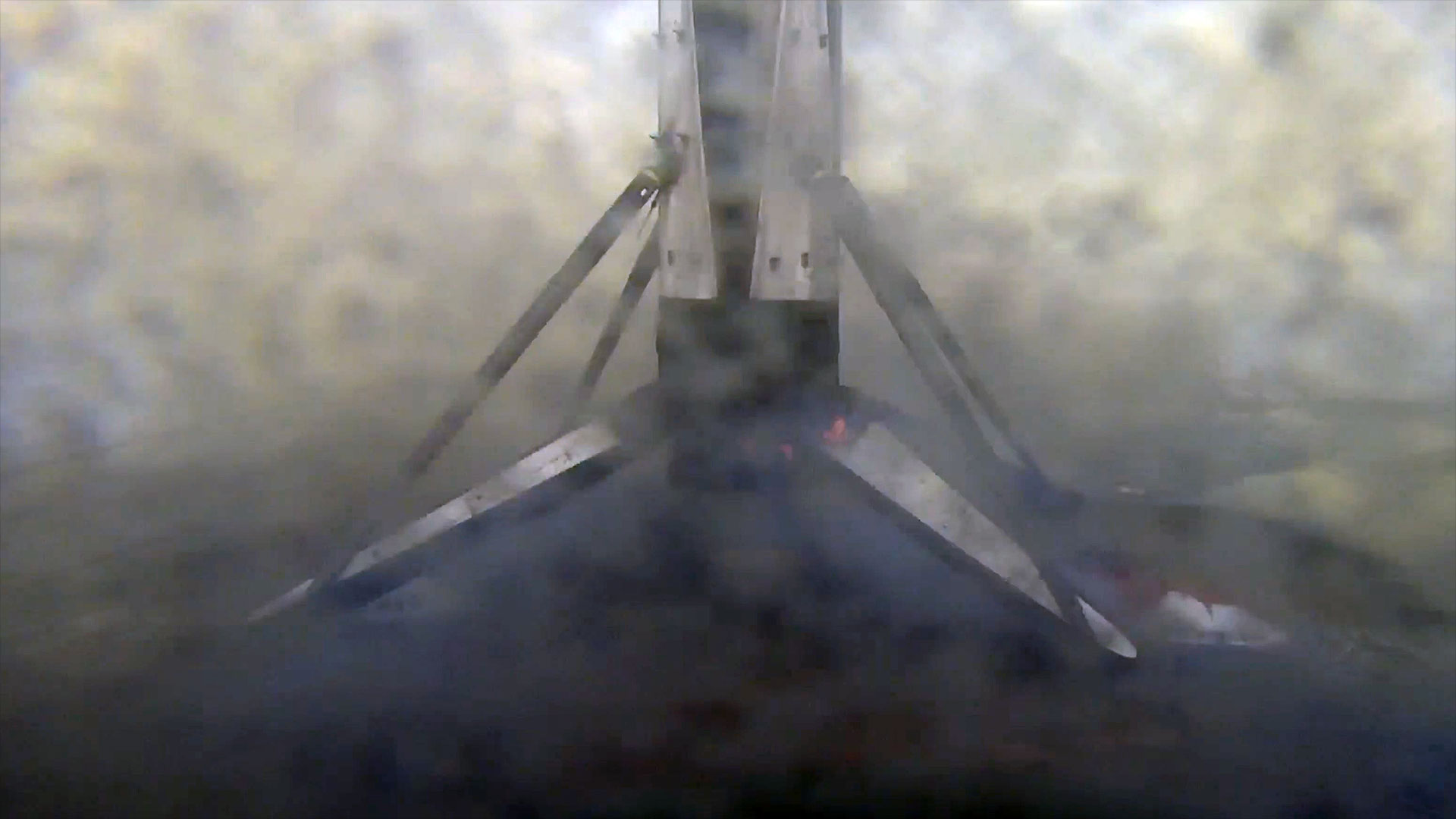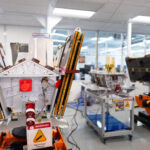Now Reading: I tried to image the Veil Nebula but accidentally got an ‘Alien’ Xenomorph (photo)
-
01
I tried to image the Veil Nebula but accidentally got an ‘Alien’ Xenomorph (photo)
I tried to image the Veil Nebula but accidentally got an ‘Alien’ Xenomorph (photo)
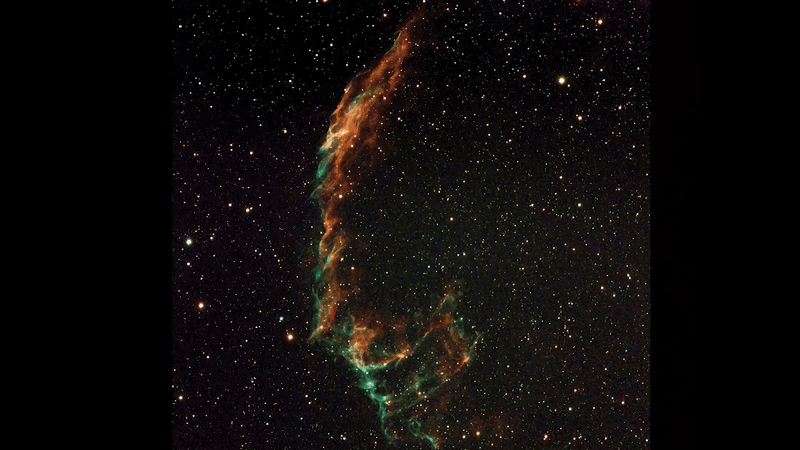
When I aimed my Vaonis Vespera Pro smart telescope at the Eastern Veil Nebula, the last thing I expected was to be greeted by an eerie figure resembling a Xenomorph from “Alien”.
Using a dual-band filter to mitigate light pollution and the glare of August’s full moon I carried out observations on Aug. 8 and Aug. 12, totalling about 1.5 hours. The resulting stacked JPEG reveals delicate tendrils of gas, when viewed just right, strikingly reminiscent of the franchise’s iconic villain.
The Veil Nebula, located about 2,400 light-years away in the constellation Cygnus, is the visible portion of that larger Cygnus Loop, a vast supernova remnant created by the explosion of a star about 20 times the mass of the sun, some 10,000 years ago, according to NASA.
The eastern section (cataloged as NGC 6992) glows with ionized oxygen and hydrogen in sweeping arcs, a striking view of stellar debris still expanding thousands of years after the star’s death. The dual-band filter highlights these emissions, revealing fine threads and knots of gas against the background stars.
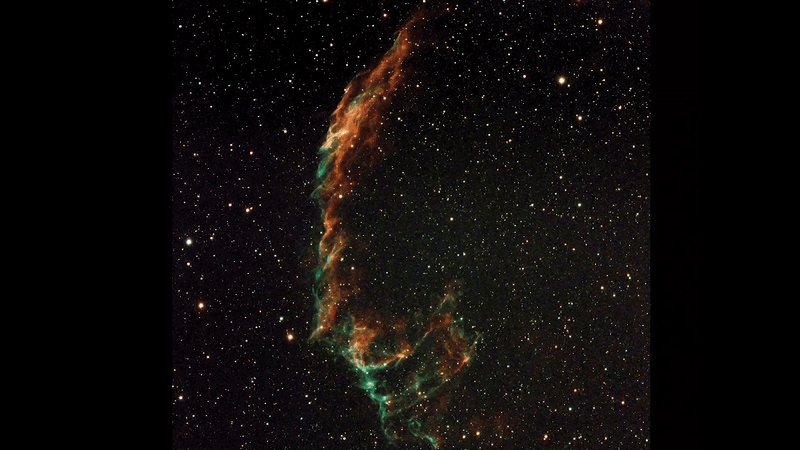
With all the buzz around the new Alien: Earth TV series, it seems rather fitting that such a vision should appear in the stars. Created by Noah Hawley, the new series combines corporate dystopia with Xenomorph horror. The eight-episode premiere dropped Aug. 12 on FX and Hulu in the U.S. (and Aug. 13 on Disney+ in the U.K./Europe). For a full breakdown, see our How to Watch Alien Earth guide.
Related: Alien movies in order: chronological and release
If you want to see the Veil Nebula for yourself, you’ll need at least a 4-inch (100mm) aperture telescope under dark skies to spot its faint filaments. A nebula filter (for example, an O III filter) will help bring out the detail. Astrophotographers can capture it with small refractors and short focal lengths (around 200–500mm) to frame the entire nebula, paired with long exposures or stacked images to reveal its intricate structure.
I managed to image it with the Vaonis Vespera Pro from my Bortle 7 suburban skies, which are far from ideal for faint deep-sky objects. The Bortle scale is a nine-level system astronomers use to describe sky darkness, ranging from Class 1 (pristine, dark-sky sites) to Class 9 (bright inner-city skies). For advice on the best smart telescopes check out our comprehensive smart telescope buying guide.
The Veil Nebula remains a stellar target, even when it’s wearing the face of a sci-fi nightmare.
10/10 would observe again.
Stay Informed With the Latest & Most Important News
Previous Post
Next Post
-
 012024 in Review: Highlights from NASA in Silicon Valley
012024 in Review: Highlights from NASA in Silicon Valley -
 02Panasonic Leica Summilux DG 15mm f/1.7 ASPH review
02Panasonic Leica Summilux DG 15mm f/1.7 ASPH review -
 03How New NASA, India Earth Satellite NISAR Will See Earth
03How New NASA, India Earth Satellite NISAR Will See Earth -
 04And Thus Begins A New Year For Life On Earth
04And Thus Begins A New Year For Life On Earth -
 05Astronomy Activation Ambassadors: A New Era
05Astronomy Activation Ambassadors: A New Era -
06SpaceX launch surge helps set new global launch record in 2024
-
 07Space Force plans new ‘Futures Command’ amid pressure to speed up modernization
07Space Force plans new ‘Futures Command’ amid pressure to speed up modernization













